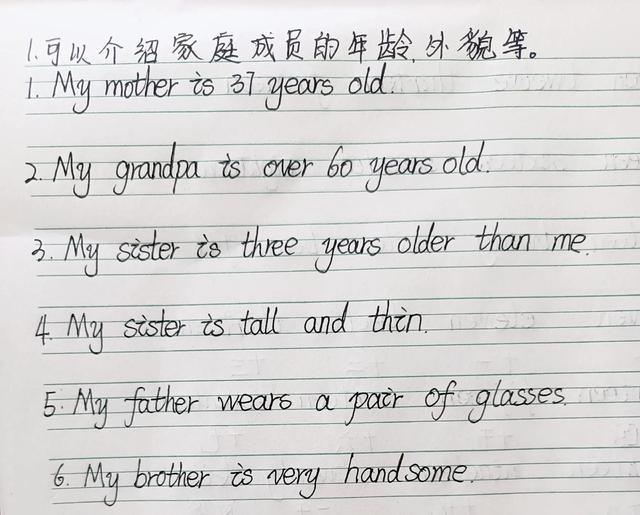传统节日的英语作文(传统节日英文作文)
推荐阅读》
In many parts of the world, especially in Asia and the Middle East, there are a number of traditional festivals that have been celebrated for centuries. These festivals are not only an important part of the cultural heritage but also serve as a means of preserving traditions that are passed down through generations. In this essay, we will delve into one such festival, the Chinese Lunar New Year, which is celebrated on the first day of the new lunar calendar, and its significance in Chinese culture.

The Lunar New Year, or Spring Festival, is the most significant festival in China, with over 1 billion people celebrating it every year. The celebrations last for 15 days, culminating in a grand feast on New Year's Eve. It is a time when families come together to honor ancestors and pray for good luck in the coming year.
One of the most distinctive aspects of the Lunar New Year is the color red, which symbolizes good luck and prosperity. Red is used in various ways during the celebration, from the décor at homes and temples to clothing worn by individuals. The use of red can be traced back to ancient China, where it was believed to bring good fortune to those who wore it.
Another significant aspect of the Lunar New Year is the exchange of red packets (hongbao). These are small envelopes filled with money that are given by parents to their children, friends, and neighbors. The practice of giving red packets dates back to ancient times and is believed to bring good health, wealth, and happiness to all the recipients.
During the Lunar New Year, families gather for a reunion dinner, often involving various delicacies such as dumplings, fish, and rice cakes. These foods represent the abundance and fertility of the season. Families also participate in various customs such as setting off firecrackers and hanging up red banners, both of which are believed to scare away evil spirits and bring good luck.
Apart from the physical activities, the Lunar New Year also has cultural significance. It is a time when different regions in China have their own unique traditions and customs. For example, the southern province of Guangdong celebrates the Dragon Boat Festival, which involves racing dragon boats and eating zongzi (rice wrapped in bamboo leaves) in commemoration of the poet Qu Yuan.
The Lunar New Year is not just a celebration of good fortune and family reunions. It is also a time for reflection and renewal. As the old year fades away, families come together to reflect on the past year's achievements and failures, and plan for the future. This period of reflection allows individuals to set new goals and work towards achieving them.

In conclusion, the Lunar New Year is a time-honored tradition that brings people together and celebrates the spirit of renewal and good fortune. Its rich cultural heritage is a testament to the importance of family bonds and the belief in the power of goodwill to bring about positive changes in life. As we approach the Lunar New Year, let us cherish these traditions and continue to spread joy and happiness throughout our communities.
